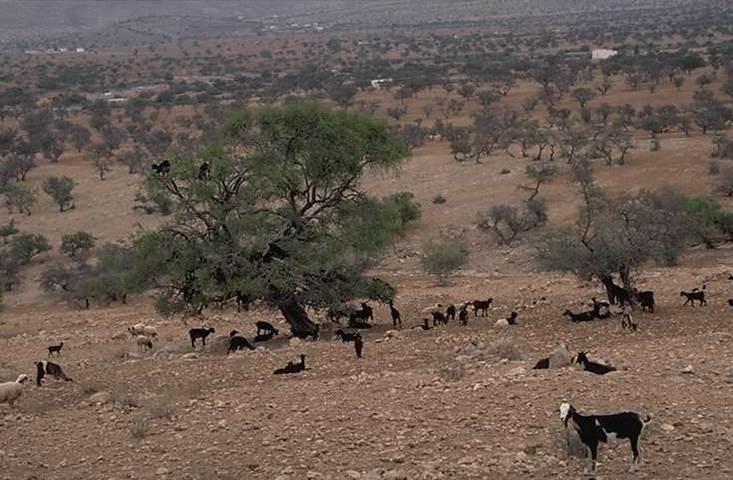Biological degradation
Biological degradation refers to a variety of processes affecting the soil fauna and or flora in or on the soil:
- Reduction of vegetation cover
Increase of bare / unprotected soil (including duration of exposure).
- Loss of habitats
Decreasing vegetation diversity (fallow land, mixed systems, field borders).
- Quantity / biomass decline
Reduced vegetative production for different land use (e.g. on forest land through clear felling, secondary vegetation with reduced productivity).
- Detrimental effects of fires
On forest (e.g. slash and burn), bush, grazing and cropland (burning of residues). This includes low severity (“cold”) fires (only understory burns, trees survive) and high severity (“hot”) fires (reach the crown of the trees and may kill them).
- Quality and species composition / diversity decline
Loss of natural species, land races, palatable perennial grasses; spreading of invasive, salt-tolerant, unpalatable, species / weeds.
- Loss of soil life
Decline of soil macro-organisms (earthworms and termites) and micro-organisms (bacteria and fungi) in quality and quantity.
- Increase of pests / diseases
Reduction of biological control (e.g. trough loss or predators).
